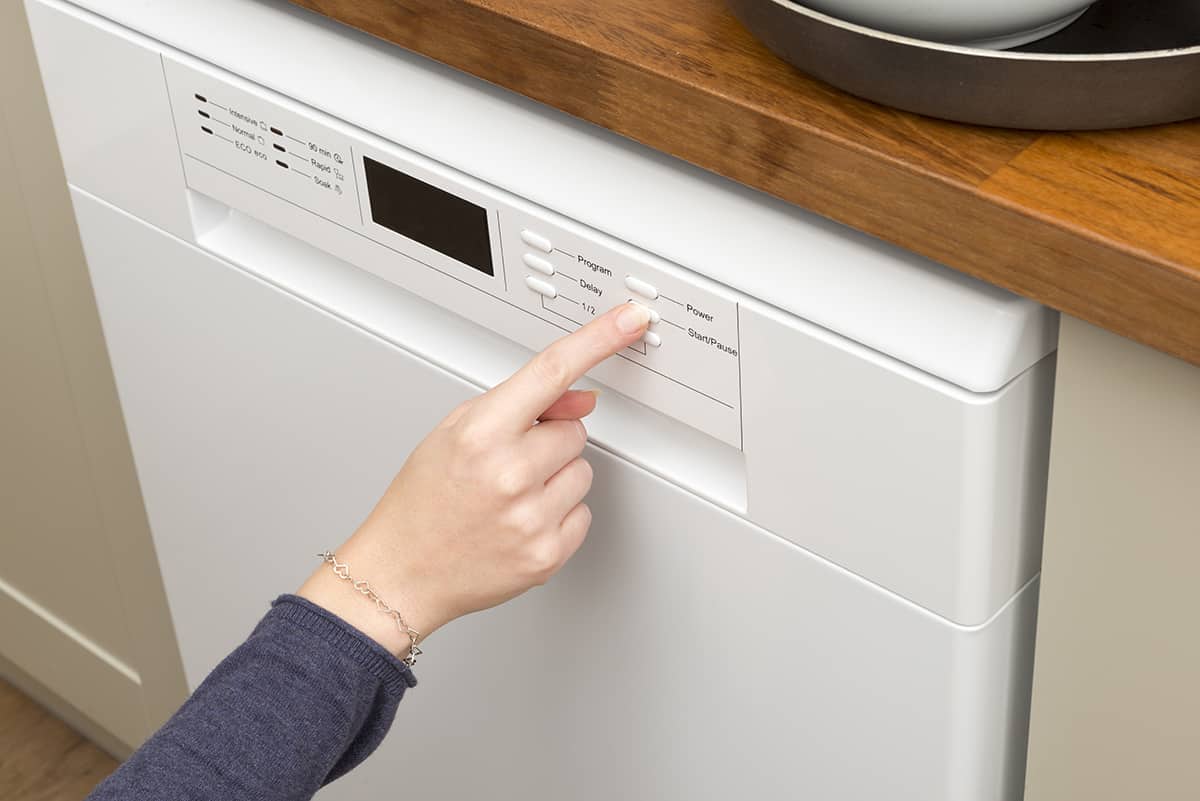

Articles
How To Start Dishwasher
Modified: January 20, 2024
Discover helpful articles on how to start a dishwasher and streamline your cleaning routine. Get tips and tricks from experts in dishwasher maintenance and troubleshooting.
(Many of the links in this article redirect to a specific reviewed product. Your purchase of these products through affiliate links helps to generate commission for Storables.com, at no extra cost. Learn more)
Introduction
Welcome to this comprehensive guide on how to start a dishwasher. Whether you are a new homeowner or simply new to using a dishwasher, this article will walk you through the step-by-step process of starting your dishwasher and getting your dishes sparkling clean.
Dishwashers have become an essential appliance in many households, saving time and effort in the kitchen. However, if you’ve never used one before, it can be a bit intimidating. But don’t worry! By following these simple steps, you’ll be well on your way to a cleaner and more efficient dishwashing experience.
Before we dive into the details, let’s take a moment to understand the importance of proper dishwasher usage. Not only does it save your valuable time and energy, but it also ensures that your dishes are thoroughly sanitized, reducing the risk of harmful bacteria and providing a hygienic environment for you and your family.
So, let’s get started with step one: preparing the dishwasher.
Key Takeaways:
- Properly preparing, loading, and selecting the right wash cycle for your dishwasher ensures optimal cleaning results and efficiency, saving time and effort in the kitchen while providing a hygienic environment for your dishes.
- Actively monitoring the wash progress and following manufacturer’s instructions are essential for maintaining your dishwasher’s optimal performance, allowing you to enjoy sparkling clean dishes with confidence and convenience.
Read more: How To Start A Bosch Dishwasher
Step 1: Preparing the dishwasher
Before you start loading your dirty dishes, it’s essential to prepare the dishwasher to ensure optimal performance and efficiency. Here are a few simple steps to get your dishwasher ready:
- Clean the interior: Begin by checking for any food residue or debris in the dishwasher. Remove any chunks of food, paper, or other objects that may have accumulated in the bottom. Wipe down the interior with a damp cloth or sponge to remove any remaining debris.
- Check and clean the filter: The filter is an important component of the dishwasher that traps food particles and prevents them from clogging the machine. Consult your dishwasher’s manual to locate the filter and remove it carefully. Rinse it under running water to remove any trapped debris and ensure that it is clean. Once cleaned, reinsert the filter back into the dishwasher.
- Inspect the spray arms: The spray arms are responsible for distributing water throughout the dishwasher to ensure a thorough wash. Check for any clogs or obstructions in the spray arm nozzles. Use a toothpick or a small brush to carefully remove any debris that may be blocking the water flow. This will help to ensure that your dishes are washed properly.
- Check the dishwasher racks: Take a moment to inspect the racks inside the dishwasher. Make sure they are in good condition and free from any damage or cracks. If you notice any issues, it’s best to have them repaired or replaced to avoid any potential problems during the wash cycle.
By properly preparing your dishwasher before each use, you can ensure that it operates at its best and delivers optimal cleaning results. Now that your dishwasher is ready to go, it’s time to move on to step two: loading the dishes.
Step 2: Loading the dishes
Loading the dishes properly is crucial for ensuring a thorough and efficient wash. Here are some tips to help you load your dishwasher effectively:
- Scrape excess food: Before placing your dishes in the dishwasher, scrape off any large food particles or leftovers. This will prevent the dishwasher from getting clogged and ensure a better cleaning performance.
- Sort and organize: Separate different types of dishes to ensure they are properly cleaned. Place plates, bowls, and larger items in the lower rack, positioning them so that the water can reach them easily. Cups, glasses, and smaller items should be placed in the upper rack.
- Load cutlery carefully: Place forks, knives, and spoons in the cutlery basket or organizer. To ensure proper cleaning, alternate the direction of the silverware with some handles facing up and others facing down.
- Avoid overcrowding: It’s important not to overload the dishwasher. Leave enough space between items to allow the water and detergent to circulate freely. Overcrowding can lead to poor cleaning results and may also cause items to block the spray arms.
- Secure delicate items: If you have fragile dishes or items made of glass, it’s advisable to place them securely in the dishwasher. Use the dishwasher’s built-in racks and holders to prevent them from moving around during the wash cycle.
- Avoid blocking the spray arms: Check that the dishes are not blocking the spray arms as they need to rotate freely to distribute water evenly. Take a moment to spin the spray arms manually to ensure they can move without any obstruction.
Properly loading your dishwasher will help optimize its cleaning performance and prevent any damage to your dishes. Now that the dishes are loaded, it’s time to move on to the next step: adding detergent.
Step 3: Adding detergent
Now that your dishwasher is prepped and your dishes are loaded, it’s time to add detergent. The detergent plays a crucial role in breaking down grease, removing stains, and ensuring a thorough clean. Here’s how to properly add detergent to your dishwasher:
- Check the detergent type: There are different types of dishwasher detergents available, including powder, gel, and pods. Check your dishwasher’s manual or the detergent packaging to find out which type is recommended for your specific dishwasher model.
- Measure the detergent: Follow the manufacturer’s instructions to determine the appropriate amount of detergent to use. Overloading the dishwasher with detergent can lead to excessive sudsing and poor cleaning results, while using too little may result in dirty dishes.
- Choose additional features: Some dishwashers offer additional features such as pre-wash or rinse aid compartments. If your dishwasher has these features, follow the manufacturer’s instructions to use them properly and enhance the cleaning process.
- Load the detergent: Depending on the design of your dishwasher, the detergent can be loaded in different ways. Some dishwashers have a detergent dispenser located on the door, while others have a dispenser located in the bottom of the dishwasher. Follow the instructions for your specific dishwasher model to load the detergent accordingly.
- Close the detergent compartment: Once the detergent is loaded, ensure that the detergent compartment is securely closed. This will prevent the detergent from spilling out during the wash cycle.
By adding the right amount of detergent and using the appropriate type for your dishwasher, you can ensure that your dishes come out clean and sparkling after each wash cycle. With the detergent added, it’s time to move on to step four: selecting the wash cycle.
Make sure to scrape off excess food from dishes before loading them into the dishwasher. Use the appropriate amount of detergent and select the correct cycle for the load.
Step 4: Selecting the wash cycle
Choosing the right wash cycle for your dishes is essential for achieving the desired cleaning results while conserving energy and water. Most dishwashers offer various wash cycle options to accommodate different types of loads. Here’s how to select the appropriate wash cycle:
- Read the dishwasher manual: Start by referring to your dishwasher’s manual to familiarize yourself with the available wash cycles and their specific functions. Different dishwashers may have different cycle names or options, so it’s important to understand what each one offers.
- Consider the load type: Take into account the type of dishes and the level of dirt or residue on them. If you’re washing heavily soiled pots and pans, a heavy or pots and pans cycle might be appropriate. For everyday loads, a normal or eco-friendly cycle may suffice.
- Energy-saving options: Many dishwashers offer energy-saving options or eco-friendly cycles. These cycles use less water and energy, making them a more sustainable choice. If you’re conscious of your energy consumption, consider selecting one of these options.
- Adjust cycle length: Some dishwashers allow you to adjust the length of the wash cycle. If you’re in a rush and need your dishes cleaned quickly, select a shorter cycle. Conversely, if you have time to spare, you could opt for a longer, more intensive cycle for deep cleaning.
- Specialty cycles: Certain dishwashers come equipped with specialty cycles such as sanitize, glassware, or delicate cycles. These cycles are specifically designed to cater to different types of dishes and materials. Utilize these cycles when necessary to ensure optimal results and protection for your dishes.
- Start or delay the cycle: Once you’ve chosen the appropriate wash cycle, locate the start button on your dishwasher. Press it to start the cycle. Some dishwashers also offer delay start options, allowing you to set a specific time for the dishwasher to begin the wash cycle.
By selecting the right wash cycle for your specific needs, you can ensure that your dishes come out clean and fresh without wasting unnecessary energy or water. With the wash cycle selected, it’s time to move on to step five: starting the dishwasher.
Read more: How To Start A Kitchenaid Dishwasher
Step 5: Starting the dishwasher
Now that you have prepared your dishwasher, loaded the dishes, added detergent, and selected the appropriate wash cycle, it’s time to start the dishwasher. Here’s how to begin the wash cycle:
- Ensure the dishwasher is securely closed: Before starting the dishwasher, double-check that the dishwasher door is securely closed. This is crucial to prevent any leaks or water spills during the wash cycle.
- Check for any additional settings: Some dishwashers offer additional settings or options, such as extra rinse or child lock features. If you wish to enable any of these settings, consult your dishwasher’s manual and adjust the settings as needed.
- Adjust the water temperature, if needed: Most dishwashers have a default water temperature, but some allow you to adjust it based on your preferences or the type of dishes being washed. Follow the instructions in your dishwasher’s manual to make any necessary adjustments.
- Press the start button: Locate the start button on your dishwasher control panel and press it to start the wash cycle. Depending on the dishwasher model, the control panel may also include options to pause the cycle or cancel it if needed.
- Listen for any unusual noises: As the dishwasher starts, it’s normal to hear some water sounds and the spray arms rotating. However, be attentive for any unusual or loud noises that may indicate a problem with the dishwasher. If you notice anything out of the ordinary, consult your dishwasher’s manual or contact a professional for assistance.
- Close the dishwasher door and wait: Once you’ve started the dishwasher, close the door and wait for the wash cycle to complete. The time it takes for the cycle to finish may vary depending on the selected wash cycle and the dishwasher model.
Starting your dishwasher is the final step before it takes over the task of cleaning your dishes. Now, you can sit back and relax while the dishwasher does its magic. However, don’t forget to monitor the wash progress, which brings us to step six: monitoring the wash progress.
Step 6: Monitoring the wash progress
While the dishwasher is busy cleaning your dishes, it’s important to keep an eye on the wash progress to ensure everything is running smoothly. Here are some things to consider when monitoring the wash progress:
- Stay nearby: It’s a good practice to stay nearby while the dishwasher is running, especially if you’re using it for the first time or if you have had any issues with it in the past. This way, you can quickly address any potential problems that may arise.
- Listen for any unusual sounds: As the dishwasher operates, listen for any unusual sounds that may indicate a malfunction. While some noise is expected during the wash cycle, excessive grinding, banging, or rattling noises may require attention and may require troubleshooting or repairs.
- Check for leaks: Keep an eye out for any water leaks around or underneath the dishwasher. While modern dishwashers are designed to prevent leaks, it’s still important to monitor for any signs of water pooling or dripping. If you notice any leaks, stop the dishwasher and investigate the issue further.
- Observe the wash cycle time: Take note of the estimated time remaining for the wash cycle. This will give you an idea of how long the dishwasher will be running and when to expect the cycle to finish.
- Avoid opening the dishwasher mid-cycle: While it may be tempting to check the progress or add additional items mid-cycle, it is generally recommended to avoid opening the dishwasher during operation. Opening the door can disrupt the wash cycle and compromise the cleaning performance.
- Be cautious when unloading: Once the wash cycle is complete, wait for a few minutes before unloading the dishes. This allows the hot dishes to cool slightly and reduces the risk of accidents or burns.
By actively monitoring the wash progress, you can promptly address any potential issues, ensure the dishwasher is working effectively, and maintain its optimal performance. By following these steps, you’ll be well on your way to a cleaner and more convenient dishwashing experience. Happy dishwashing!
Now that you have successfully completed all the steps, you can enjoy your clean and sparkling dishes! By following these instructions, you will have the knowledge and confidence to make the most of your dishwasher and simplify your daily kitchen routine. Remember, each dishwasher may have unique features and operating instructions, so always consult your dishwasher’s manual for specific guidance.
Thank you for reading, and may your dishwasher bring you sparkling clean dishes for years to come!
Conclusion
Congratulations! You have reached the end of this comprehensive guide on how to start a dishwasher. By following the step-by-step instructions outlined in this article, you are now equipped with the knowledge and confidence to effectively use your dishwasher and achieve sparkling clean dishes with ease.
We started by preparing the dishwasher, ensuring it was clean and ready for use. Then, we moved on to loading the dishes, taking care to organize them properly to optimize cleaning efficiency. Adding the right amount of detergent and selecting the appropriate wash cycle were essential steps in achieving optimal cleaning results.
Once the dishwasher was started, it was important to monitor the wash progress, keeping an eye out for any unusual sounds or leaks and avoiding opening the dishwasher mid-cycle. By following these steps, you can ensure that your dishwasher operates smoothly and efficiently.
Using a dishwasher not only saves time and effort but also provides a hygienic and sanitized environment for your dishes. It eliminates the need for manual washing and ensures that your dishes are thoroughly cleaned, reducing the risk of harmful bacteria.
Remember, it’s important to consult your dishwasher’s manual for specific instructions and guidance that may apply to your particular model. Each dishwasher may have unique features and settings, so it’s always best to refer to the manufacturer’s recommendations.
With the knowledge gained from this guide, you can now confidently start your dishwasher, knowing that you are using it correctly and efficiently. Enjoy the convenience of a sparkling clean dishwashing experience, and savor the extra time and energy you will save in the kitchen!
Thank you for reading, and happy dishwashing!
Frequently Asked Questions about How To Start Dishwasher
Was this page helpful?
At Storables.com, we guarantee accurate and reliable information. Our content, validated by Expert Board Contributors, is crafted following stringent Editorial Policies. We're committed to providing you with well-researched, expert-backed insights for all your informational needs.
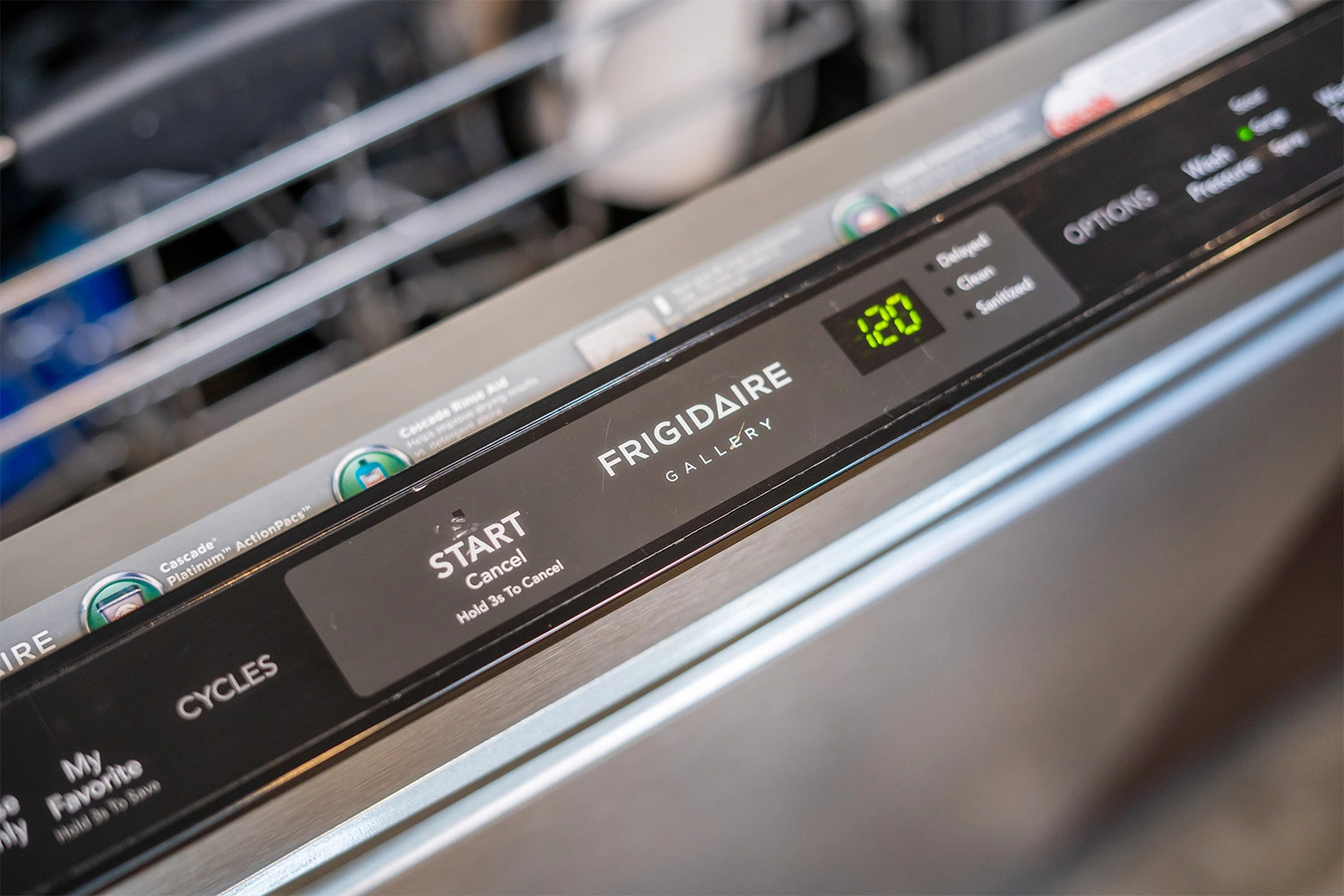
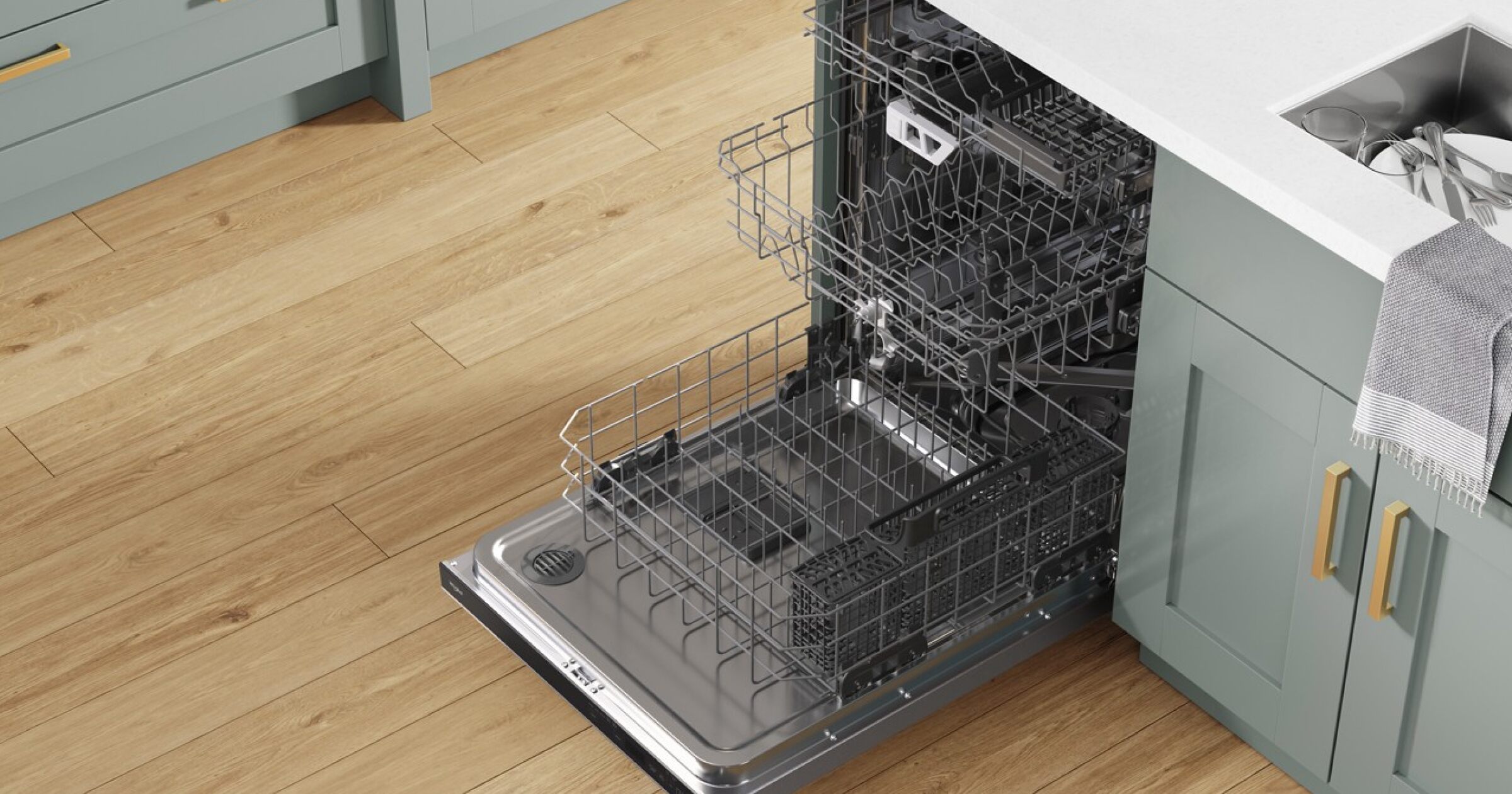
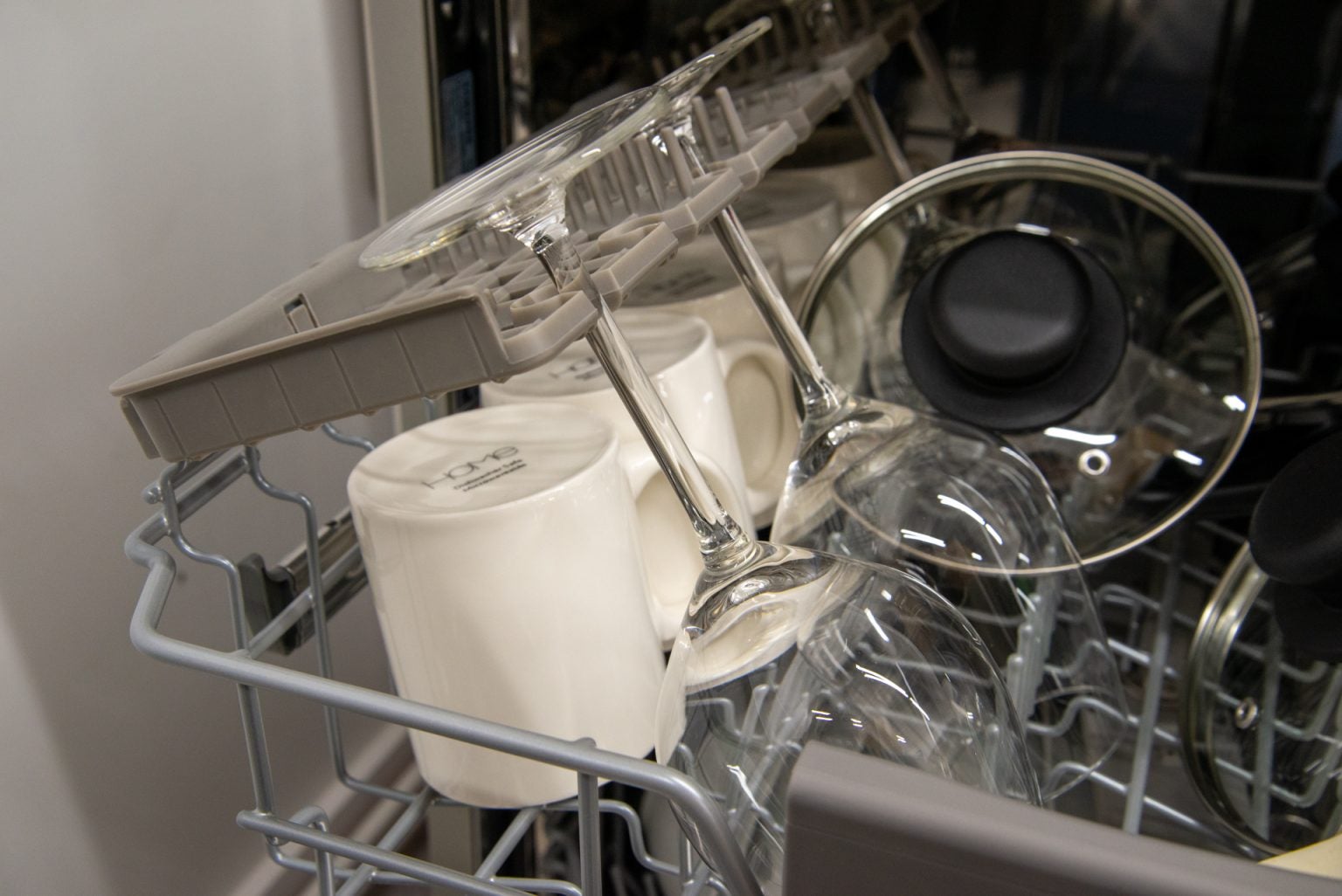
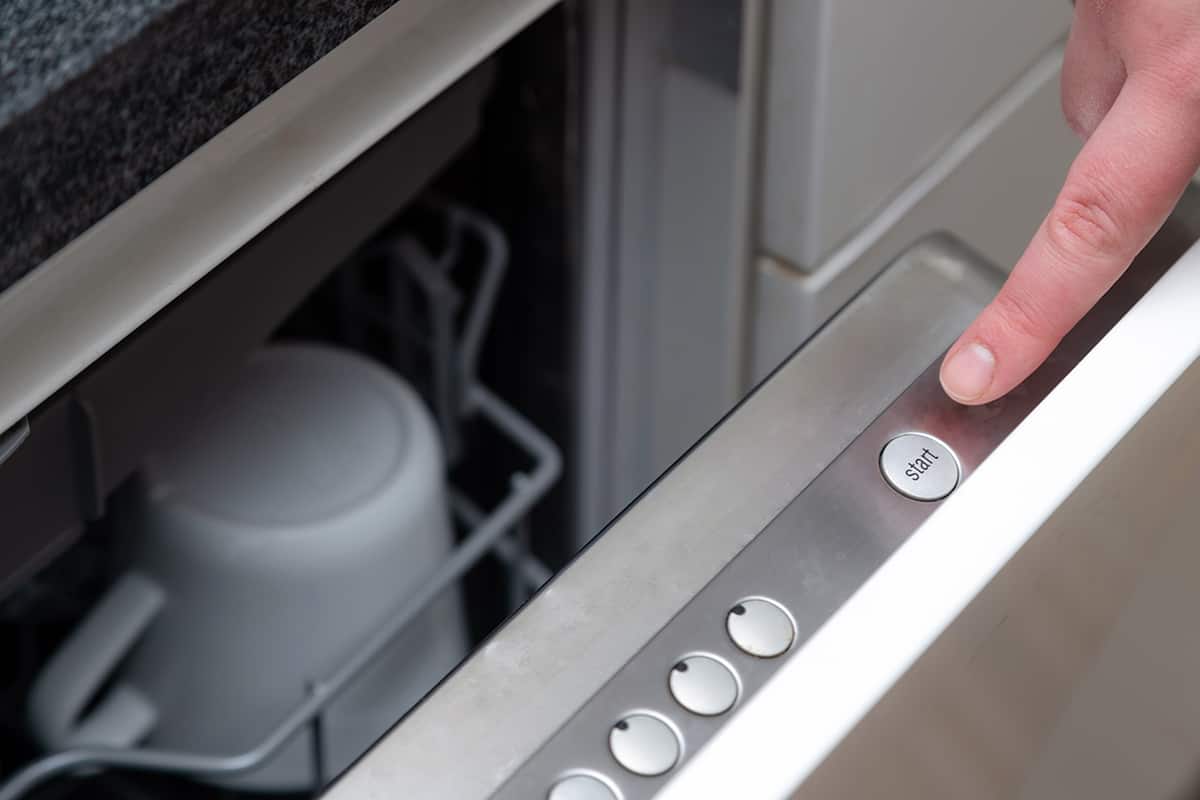
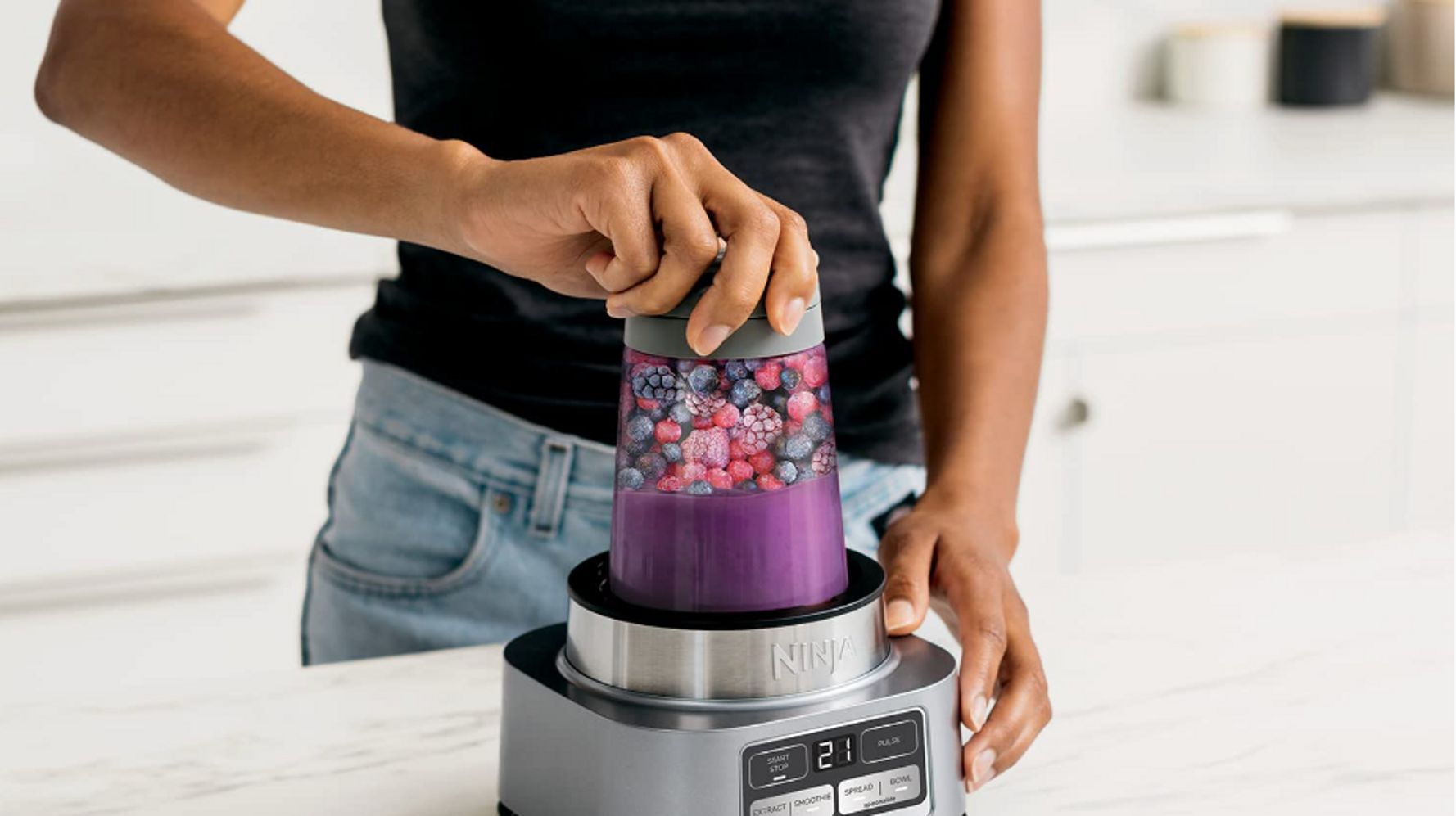

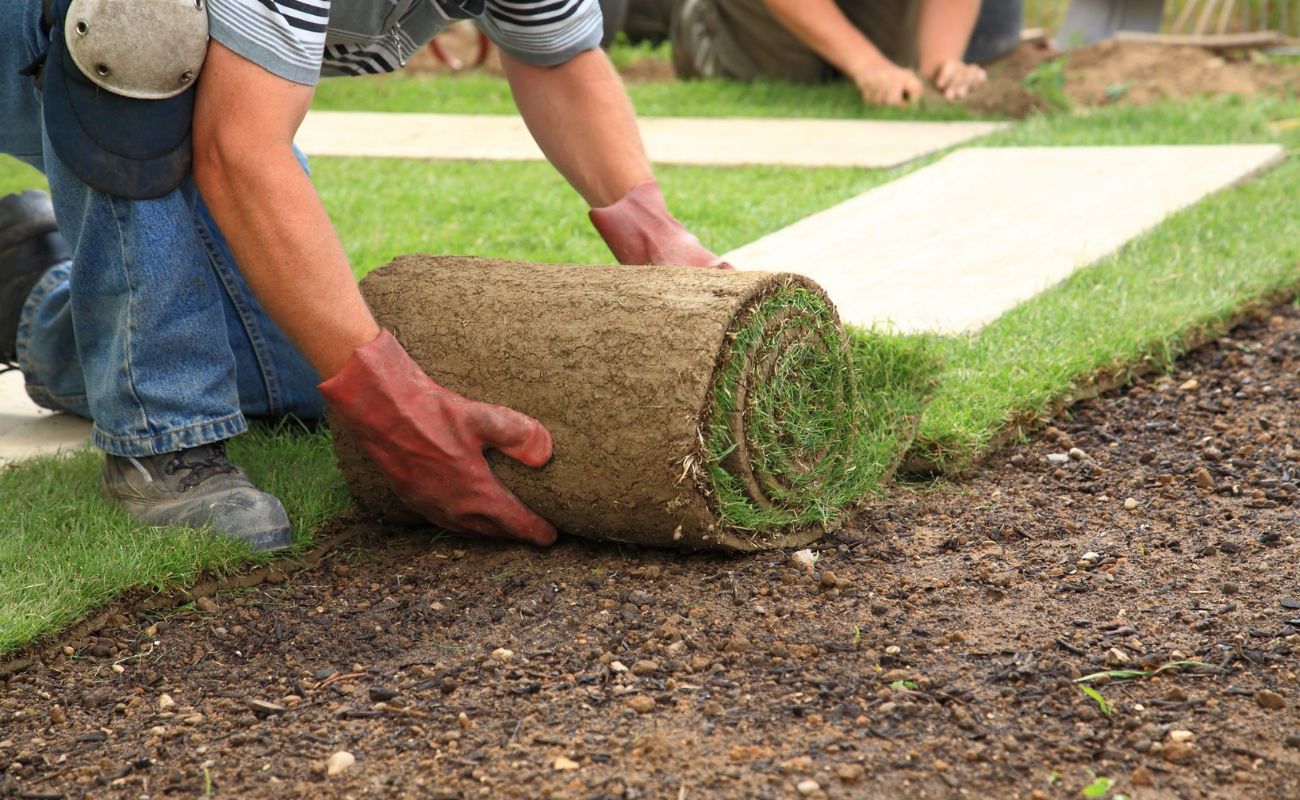
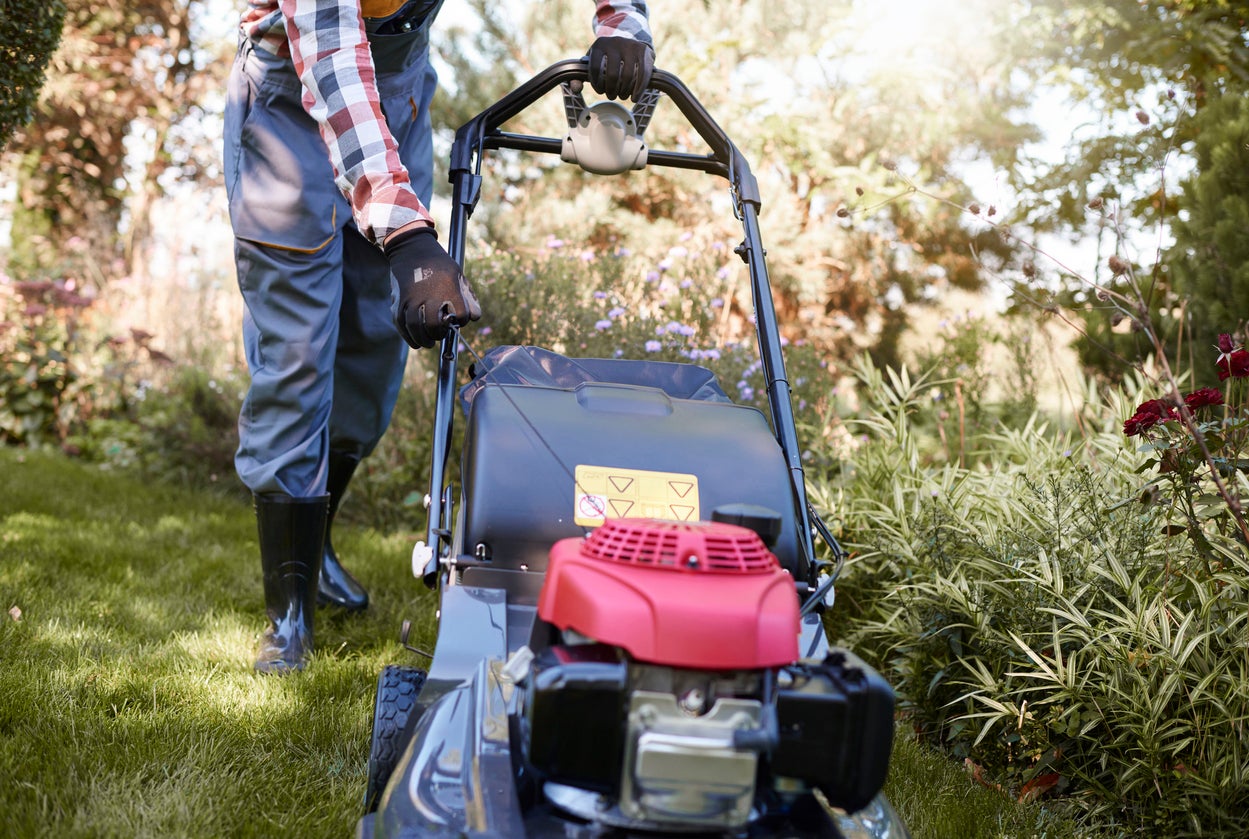
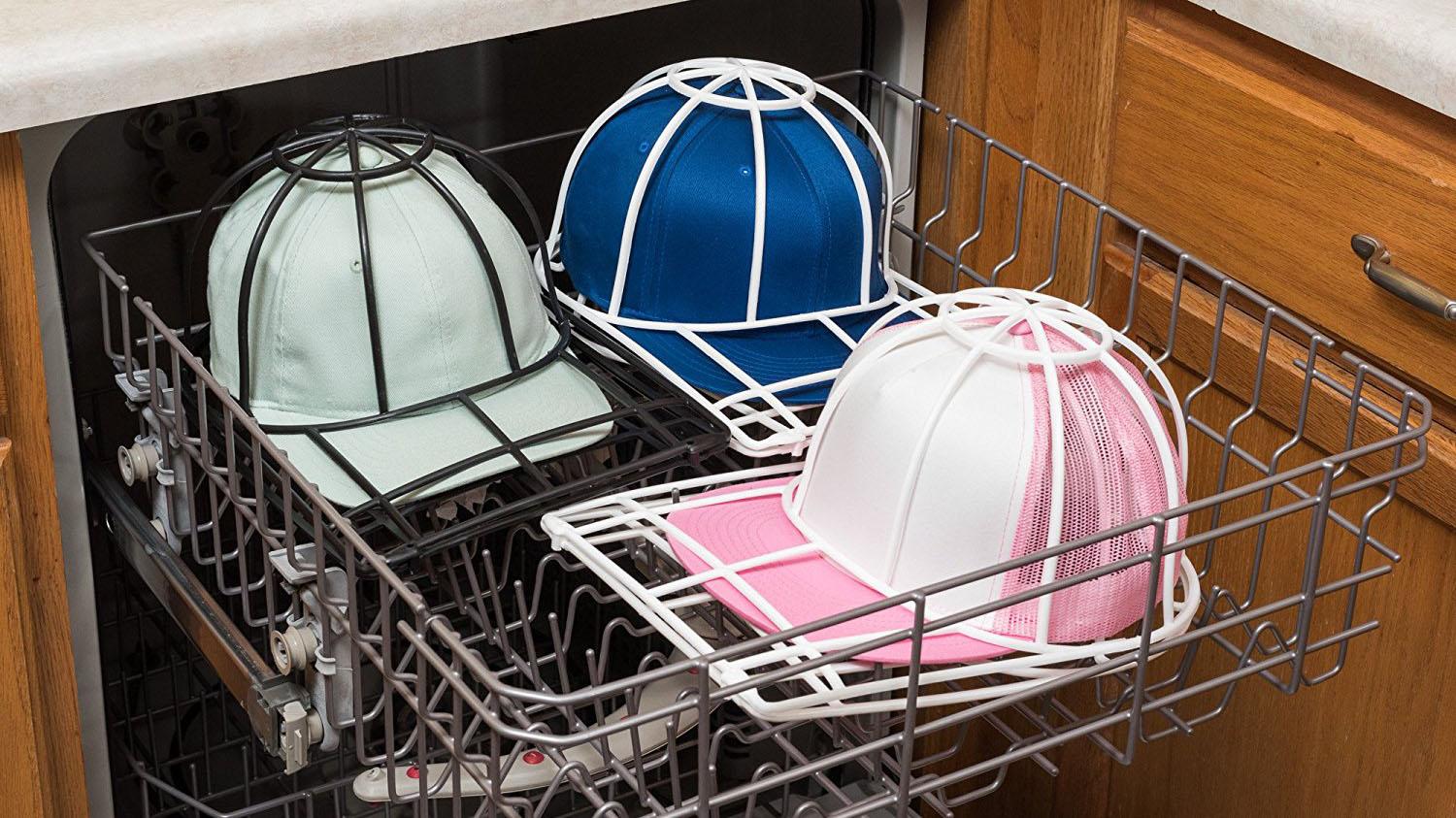
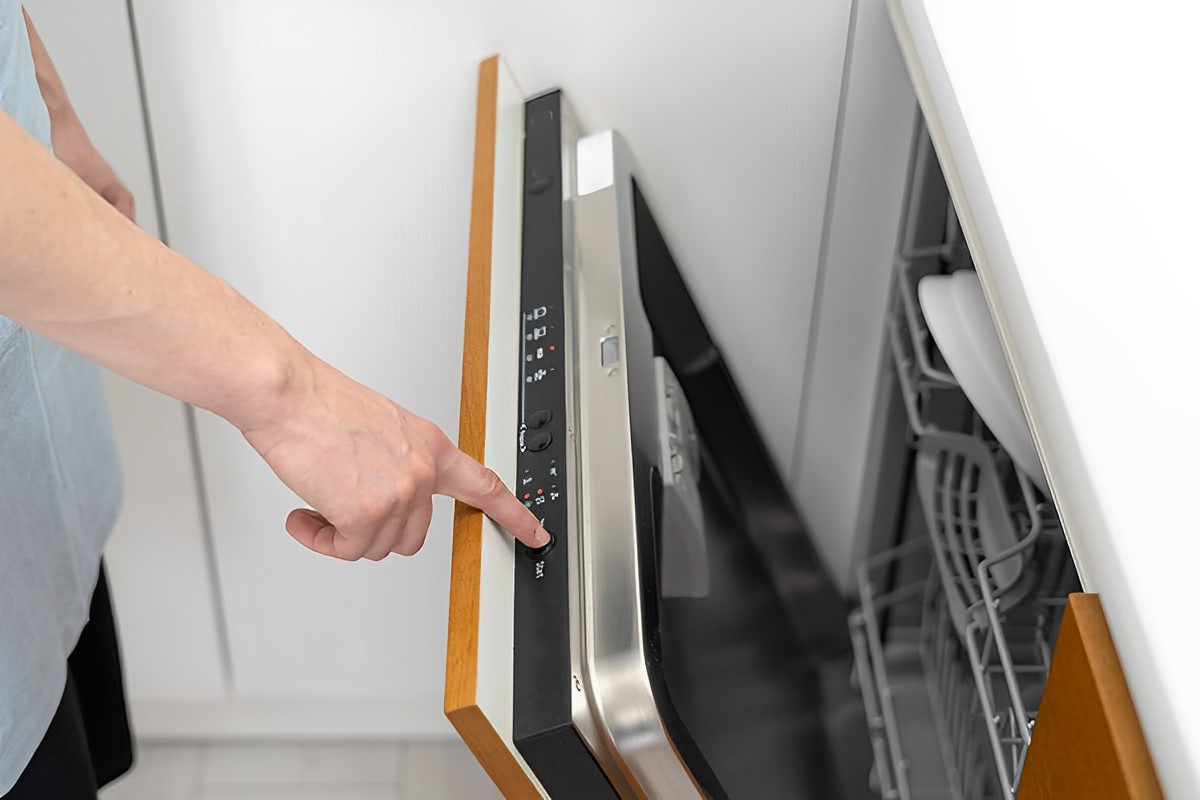
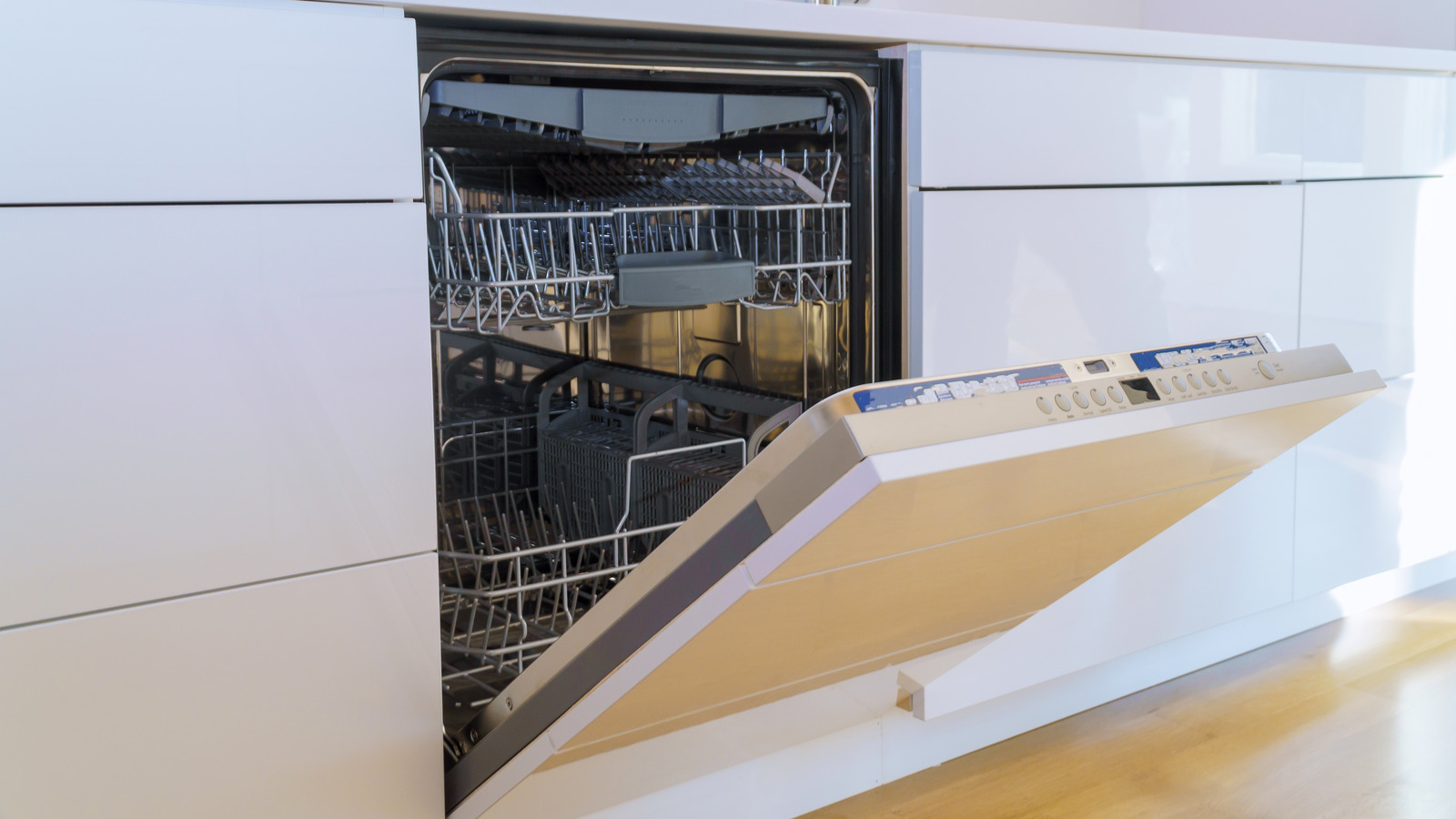




0 thoughts on “How To Start Dishwasher”